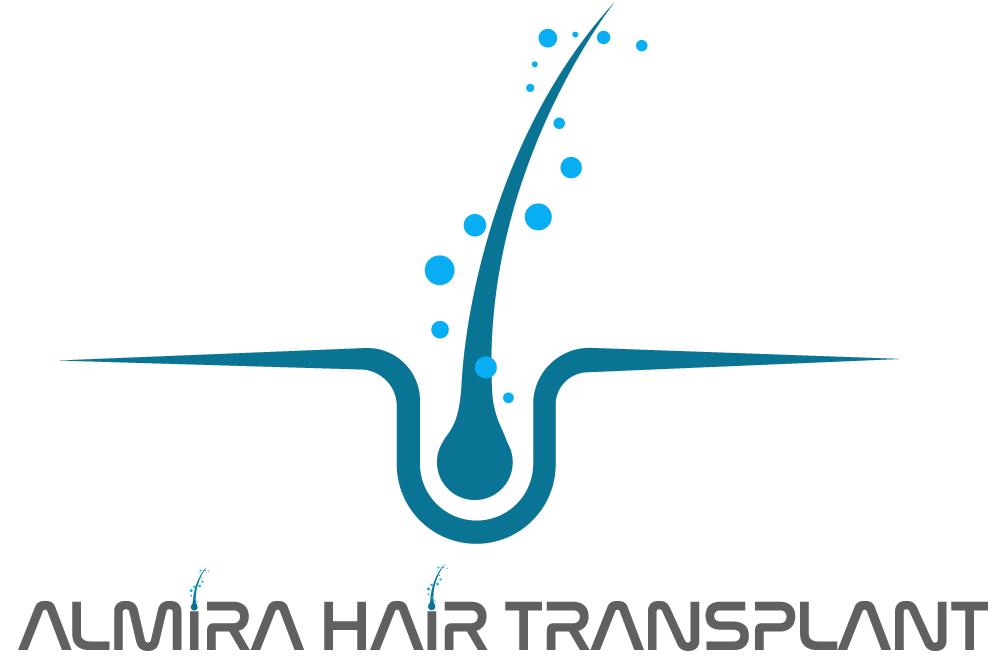Orthodontic Treatment with Clear Aligners: Comfortable and Invisible Correction

Orthodontic Treatment with Clear Aligners: Comfortable and Invisible Correction
Crowded teeth, spacing, or misalignment can lead to both aesthetic and functional issues. Traditional braces have long been an effective solution, but today’s technology offers a more comfortable and discreet alternative: clear aligner orthodontic treatment. This method straightens teeth while maintaining a natural look, providing patients with both confidence and convenience.
What Are Clear Aligners?
Clear aligners are custom-made, transparent trays that fit snugly over the teeth. Made from thin yet durable thermoplastic material, these aligners are designed to gradually move teeth into the desired position.
-
Aligners are produced in a series, each applying slight movement to the teeth.
-
Patients typically switch to a new aligner every 1–2 weeks.
-
Treatment duration varies depending on the case, usually between 6 and 18 months.
Comfort Advantage
Compared to traditional braces with brackets and wires, clear aligners are far more comfortable.
-
Their smooth design prevents irritation to gums and lips.
-
They can be easily removed while eating or brushing teeth.
-
With no metal parts, the risk of allergies is minimal.
This makes them especially appealing to individuals with active professional or social lives.
Invisible Aesthetics
The most notable feature of clear aligners is their near invisibility.
-
In professional or social settings, aligners do not affect appearance.
-
In photos or on camera, they remain practically undetectable, boosting self-confidence.
For this reason, clear aligner treatment has become especially popular among both adults and teenagers.
Oral Hygiene and Dental Health
Traditional braces often make it difficult to maintain oral hygiene, as food particles get stuck in brackets. With clear aligners, maintaining cleanliness is much simpler.
-
Aligners are removed during meals, preventing food buildup.
-
Teeth can be brushed and flossed normally.
-
The risk of cavities and gum problems is reduced.
This makes clear aligners an excellent option for patients who prioritize oral hygiene.
Who Is Eligible?
Clear aligners can be used to treat many orthodontic issues, including:
-
Mild to moderate crowding
-
Gaps between teeth
-
Certain bite problems
However, in severe jaw misalignments or complex malocclusions, traditional orthodontic methods may be necessary. An orthodontist’s evaluation is essential for determining suitability.
Treatment Process
-
Examination and planning: A 3D digital scan of the teeth is taken.
-
Aligner production: Computer-assisted planning determines tooth movement at each stage.
-
Usage: Aligners should be worn for about 20–22 hours daily.
-
Check-ups: Regular visits every 6–8 weeks track progress.
Patient compliance is critical—consistent wear ensures optimal results.
Disadvantages of Clear Aligners
-
Results depend heavily on patient discipline; inconsistent use delays progress.
-
Aligners may be lost or damaged.
-
They may not be sufficient for severe orthodontic cases.
Conclusion
Clear aligner orthodontic treatment is one of the greatest innovations of modern dentistry, offering both aesthetic and comfort advantages. With their invisible design, aligners allow patients to undergo treatment without compromising appearance, while their removability ensures easier hygiene.
For individuals seeking correction of dental irregularities without the drawbacks of traditional braces, clear aligners present a safe, reliable, and highly effective solution.


